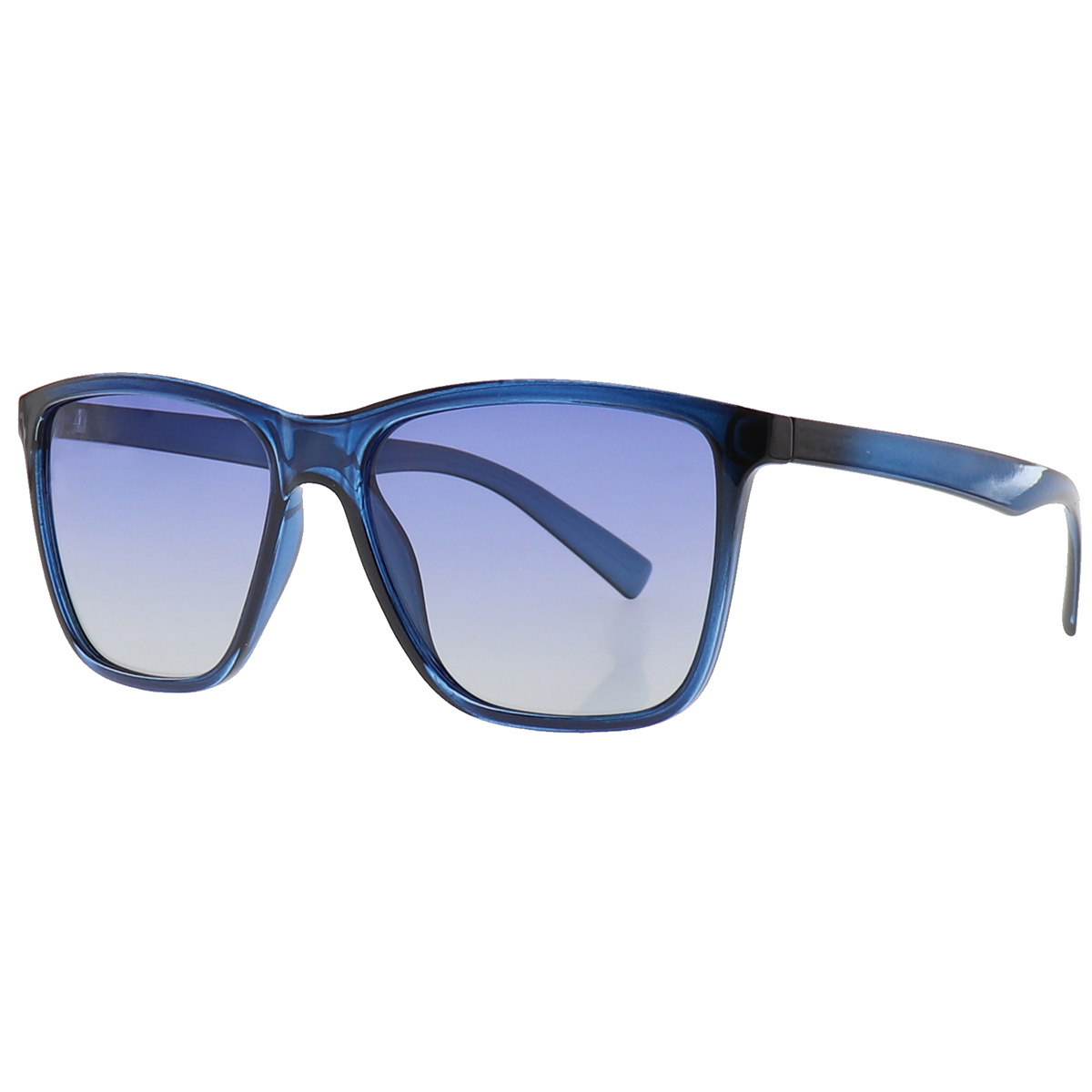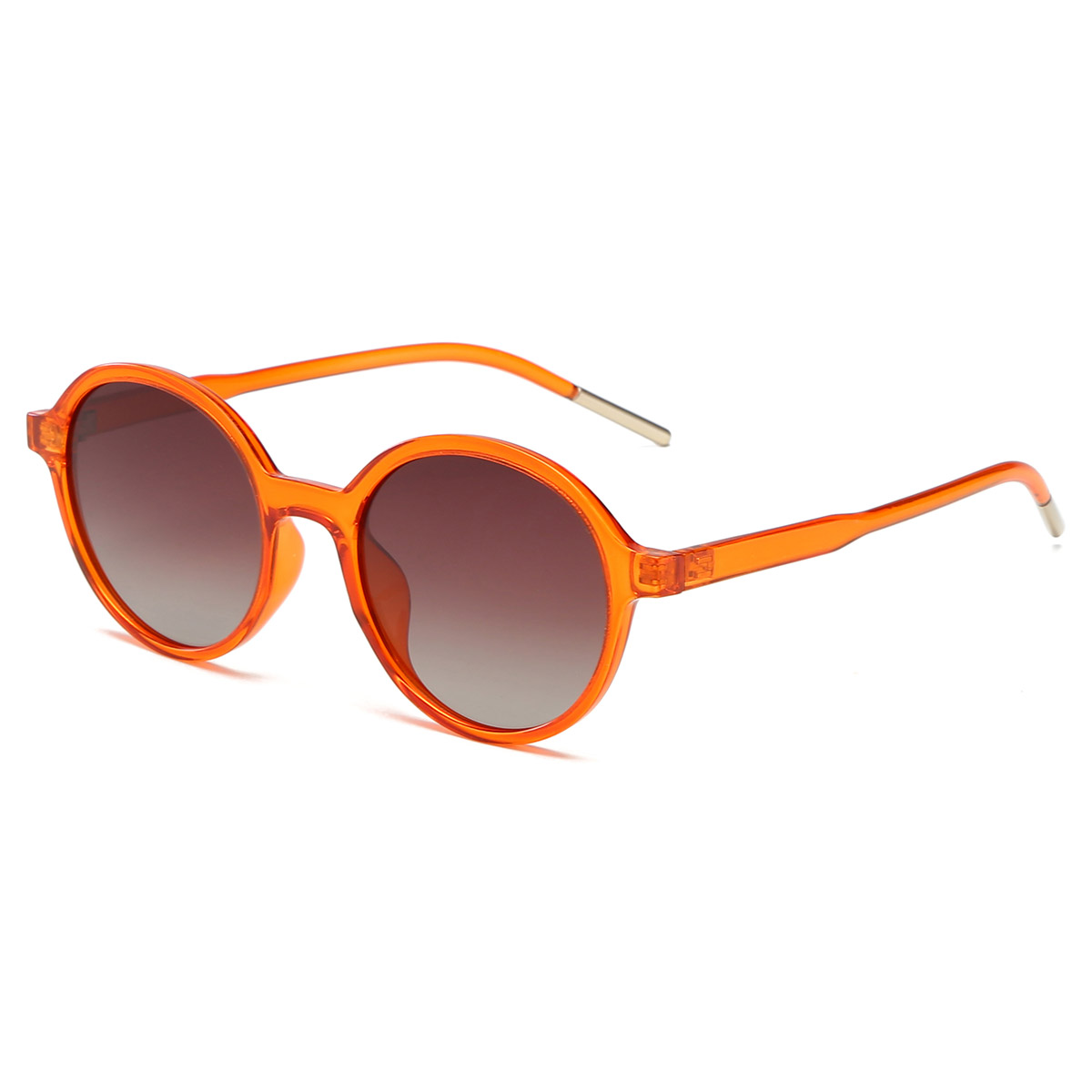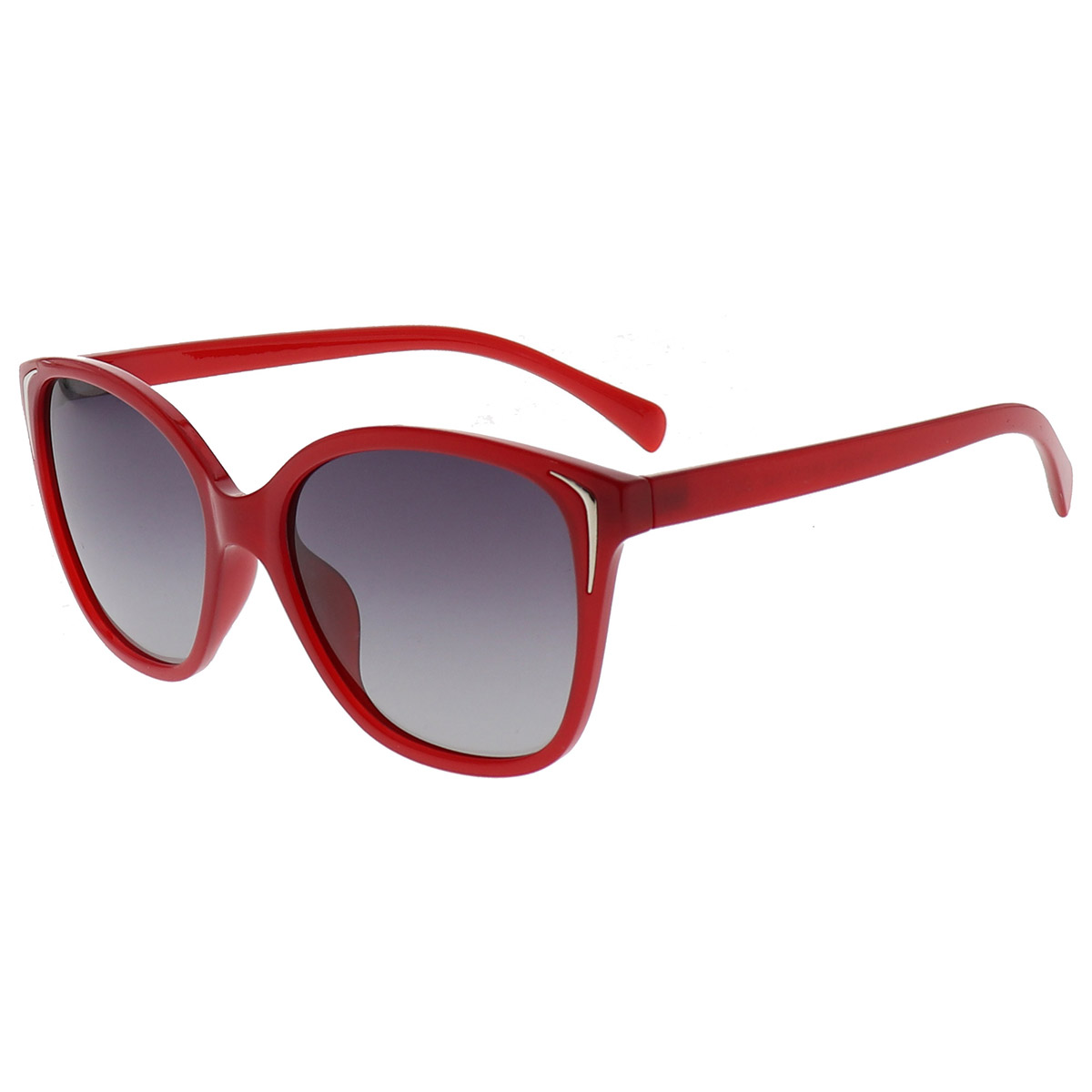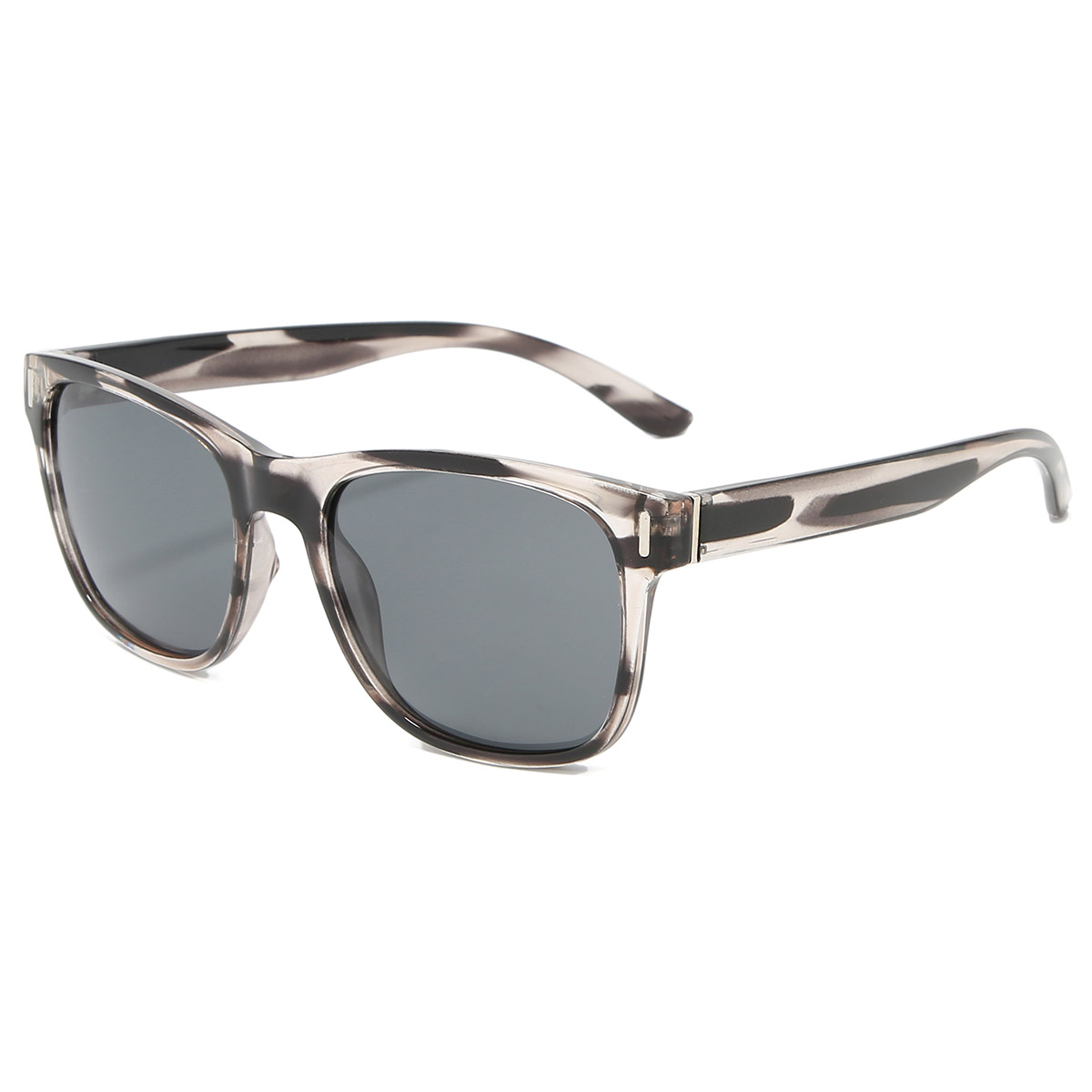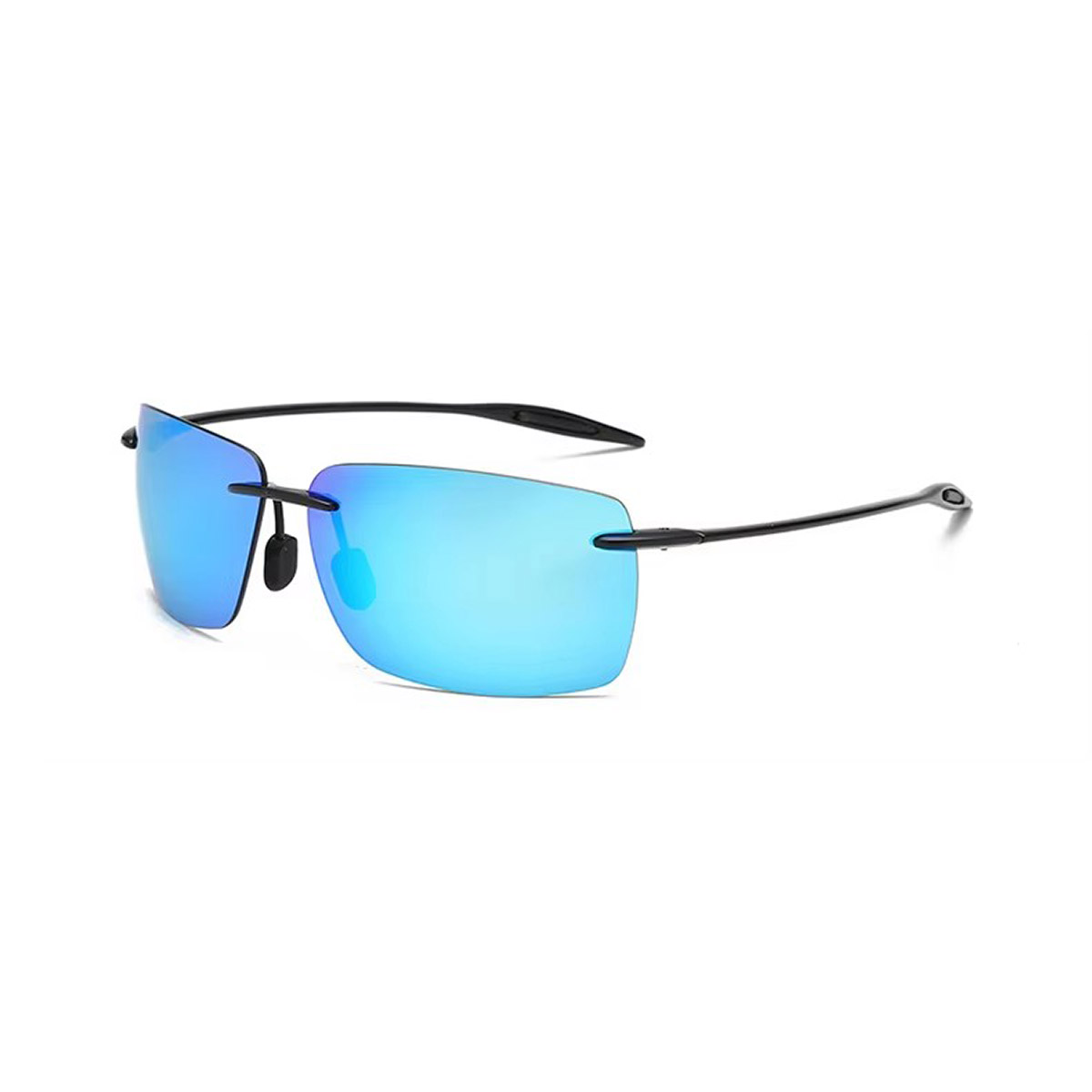What’s so special about the polarized technology in TR/PC Sunglasses?
For professionals and enthusiasts who spend significant time outdoors, from anglers and boaters to drivers and cyclists, glare from reflective surfaces is more than a nuisance—it is a visual hazard that can cause eye strain and impair safety. Polarized sunglasses are the essential tool to combat this, and not all polarized lenses are created equal.
The Core Function of Polarization
Before delving into the specifics of TR/PC, it is important to understand what polarized lenses do. Light from the sun travels in waves in all directions. When these light waves reflect off a flat, horizontal surface like water, asphalt, or a car hood, they become concentrated and aligned horizontally. This intense, focused band of light is perceived as glare, which obscures details, washes out color, and forces the eyes to work harder.
A polarized lens contains a microscopic filter, often a chemical film laminated between layers of lens material. This filter is oriented to block this horizontally aligned light waves, much like a slatted fence allows only vertical elements to pass through. By filtering out glare, polarized lenses enhance visual clarity, reduce eye fatigue, and improve contrast, allowing the wearer to see what is beneath or beyond the reflective surface.
The TR/PC Advantage: Material Science and Precision Manufacturing
TR/PC Sunglasses are developed by Zhejiang Qiliang Optical Technology Co., Ltd., a manufacturer with a foundational focus on material science. Established in 2013, the company operates as a technology-based enterprise, integrating the research and development of eyeglass materials with design, manufacture, and service. This vertical integration is key to the performance of TR/PC polarized lenses.
Focus on Polymer Material R&D: The company dedicates significant resources to the "research and development of various optical polymer materials polymerization, modification and film compounding processes." This means the materials used in TR/PC lenses are not just sourced generically; they are engineered and optimized in-house. The modification process allows for the enhancement of base polymers to achieve specific performance characteristics, such as impact resistance, optical clarity, and, crucially, the effective embedding of the polarizing film.
Advanced Film Compounding Process: The critical step in creating a durable polarized lens is the lamination of the polarizing film. Poor compounding can lead to delamination, visual distortions, or a reduction in optical purity. Qiliang Optical's investment in film compounding technology ensures that the polarizing layer in TR/PC lenses is perfectly bonded within the lens substrate. This process mitigates internal stress, prevents bubbling, and guarantees that the polarization filter remains stable and effective throughout the product's lifespan.
High-Capacity, Precision Manufacturing: Housing 60 imported injection molding machines and 4 dedicated titanium frame production lines, the manufacturing environment is designed for precision and scale. For polarized lenses, this manufacturing capability allows for injection molding processes that can consistently encase the polarizing film in a perfect optical-grade substrate without introducing flaws. The ability to manufacture "glasses products of various materials" also suggests that TR/PC polarized technology can be effectively applied across different lens materials, including polycarbonate for impact resistance or other polymers for specific weight and clarity profiles.
Key Considerations for the Professional User
When evaluating TR/PC Sunglasses or any professional-grade polarized eyewear, several technical aspects should be considered:
Polarization Efficiency: This measures the percentage of horizontally polarized light blocked by the lens. High-quality lenses like those from TR/PC are designed to meet stringent standards for efficiency, significantly reducing transmitted glare.
UV Protection: Polarization and UV protection are separate features. A high-quality polarized lens will almost always include 100% UVA and UVB protection, a standard feature for responsible manufacturers.
Optical Clarity: The lens material must be free of visual distortions, waves, or imperfections that could cause headaches or strain. The advanced molding processes used for TR/PC lenses are focused on achieving high optical purity.
Durability: The construction of the lens—how the polarizing film is bonded—determines its resistance to peeling, scratching, and degradation from environmental exposure.
The distinguishing feature of TR/PC Sunglasses' polarized technology lies not in a single revolutionary component, but in a holistic approach rooted in material science and controlled manufacturing. The dedicated R&D into polymer modification and film compounding processes by Zhejiang Qiliang Optical Technology ensures that the polarized lenses are engineered for performance, durability, and consistent optical quality.

 Search
Search EN
EN English
English Deutsch
Deutsch Français
Français Español
Español italiano
italiano cn
cn jp
jp kr
kr








